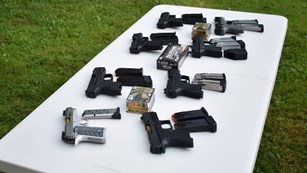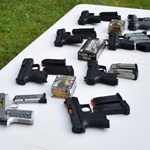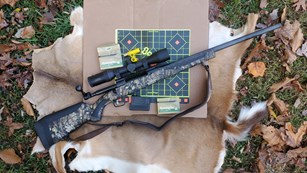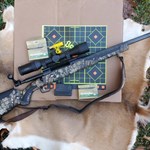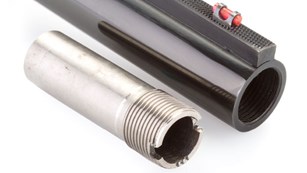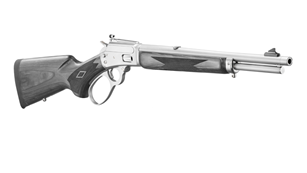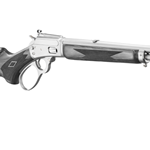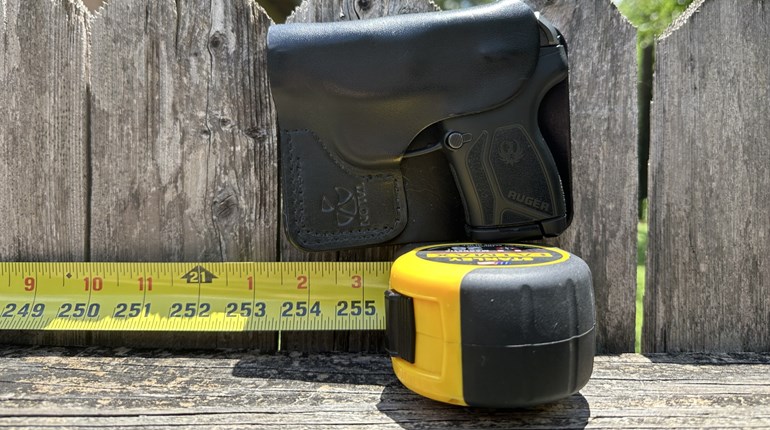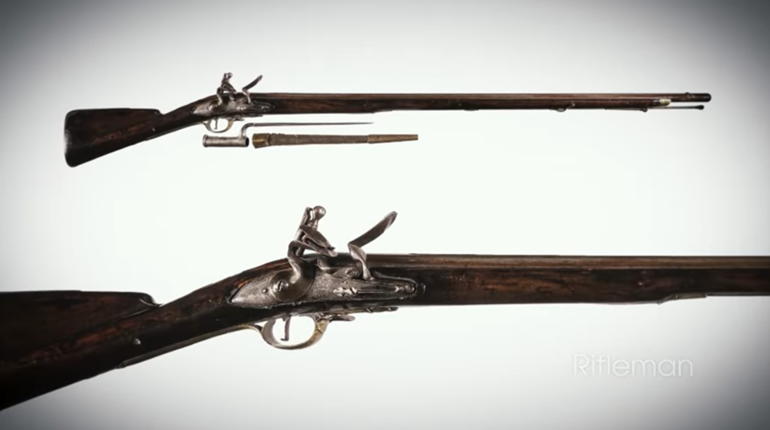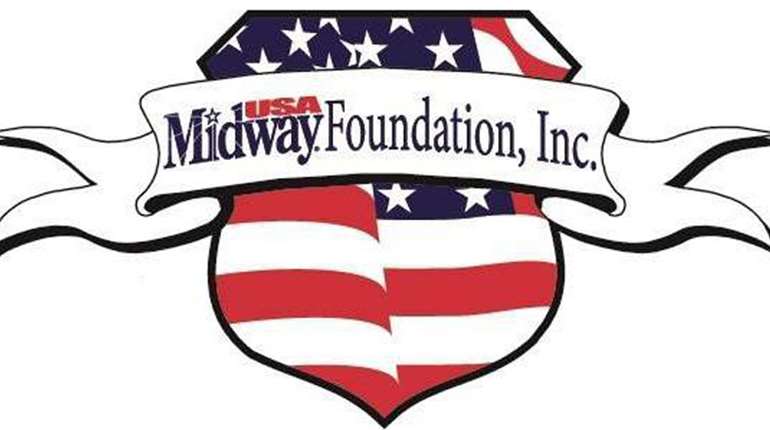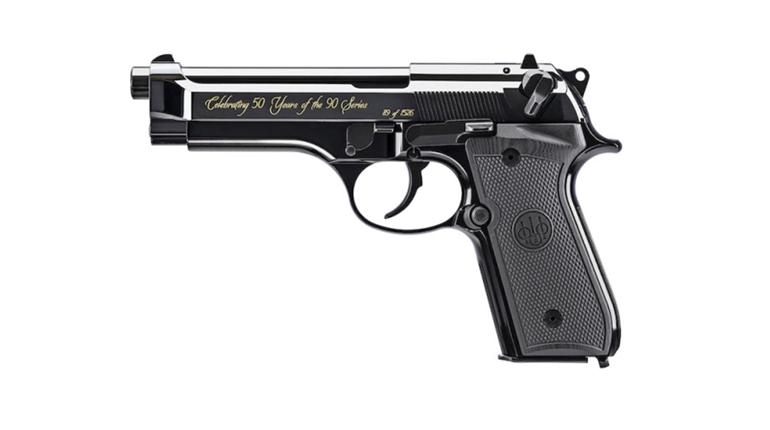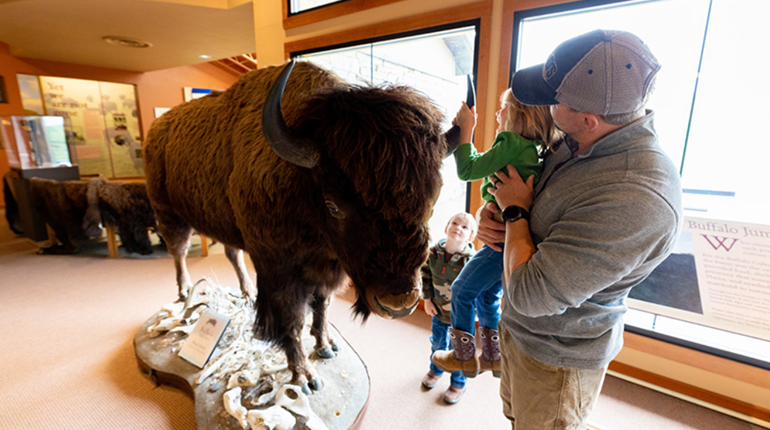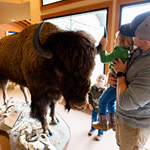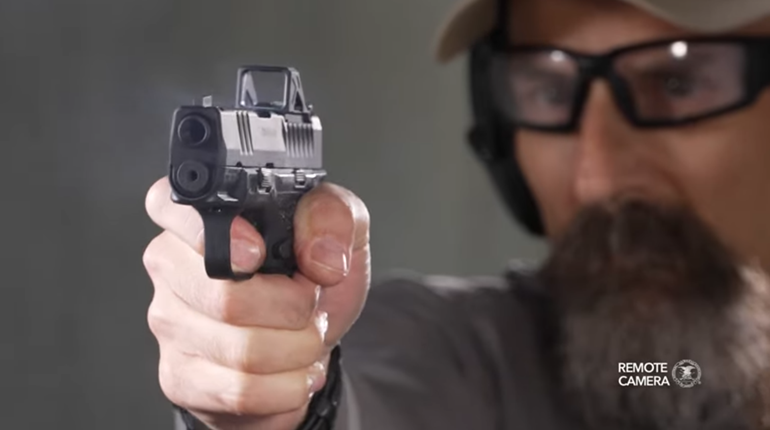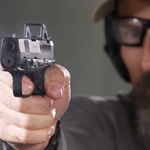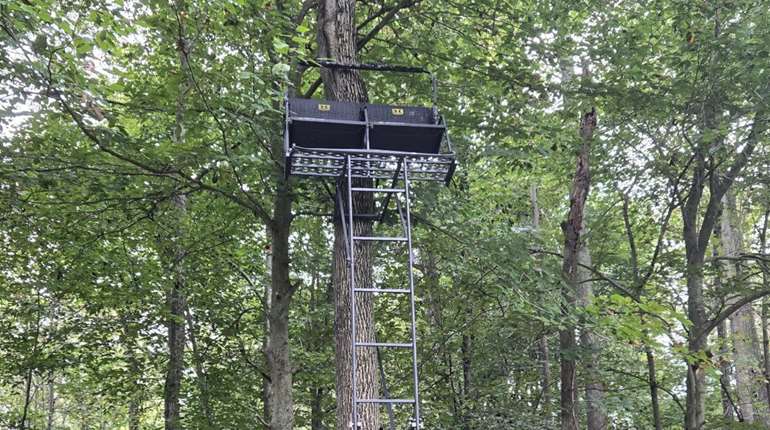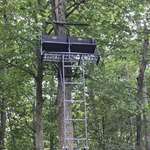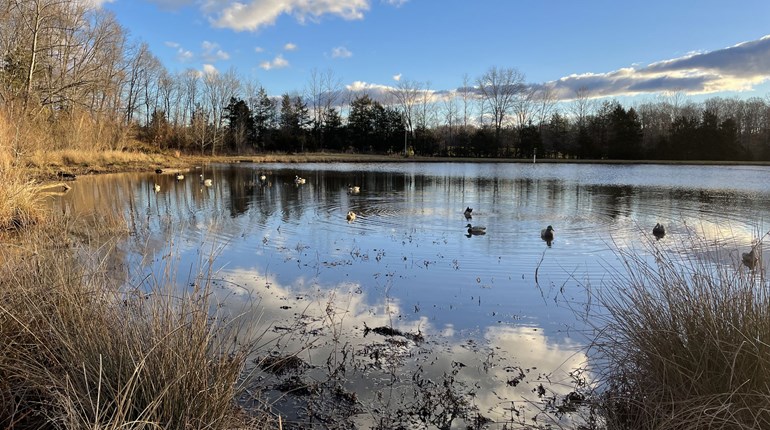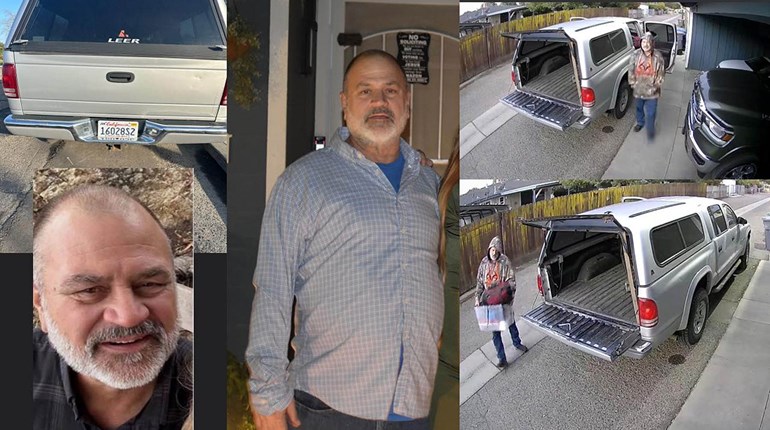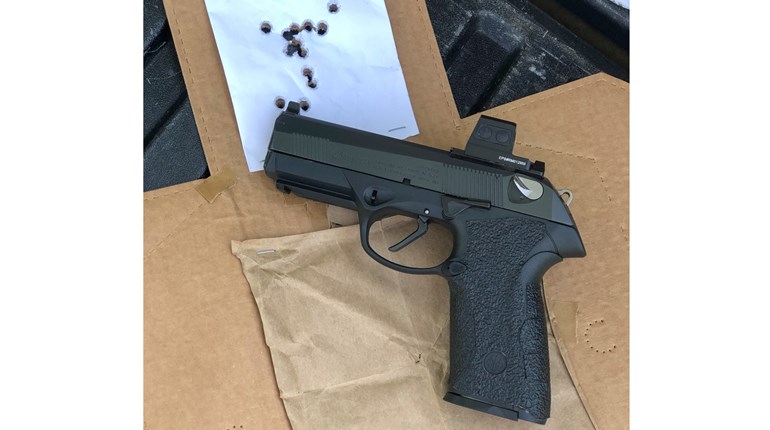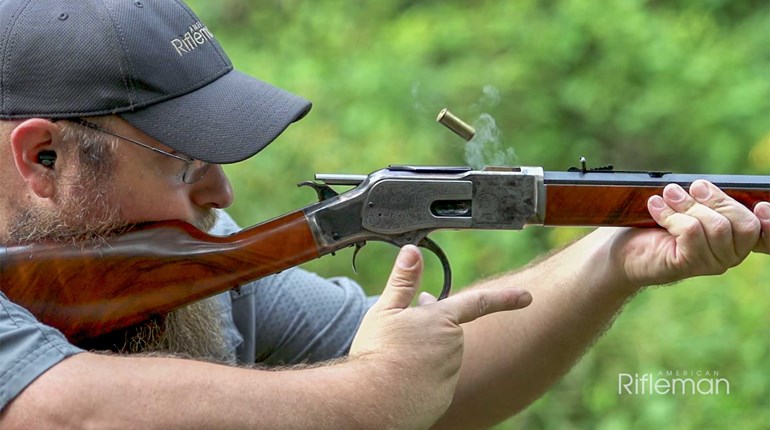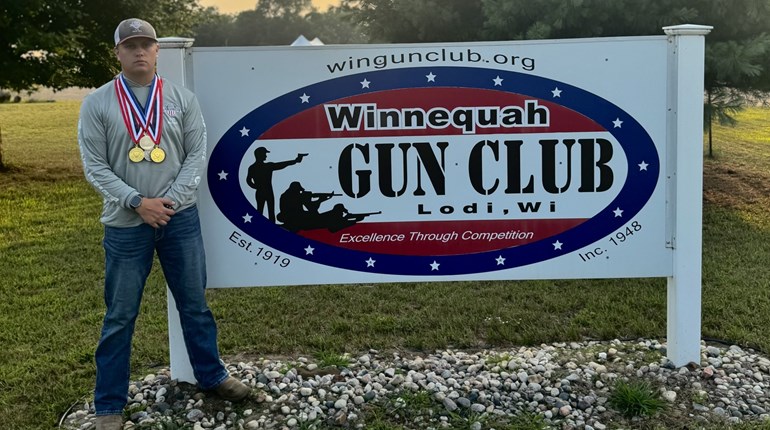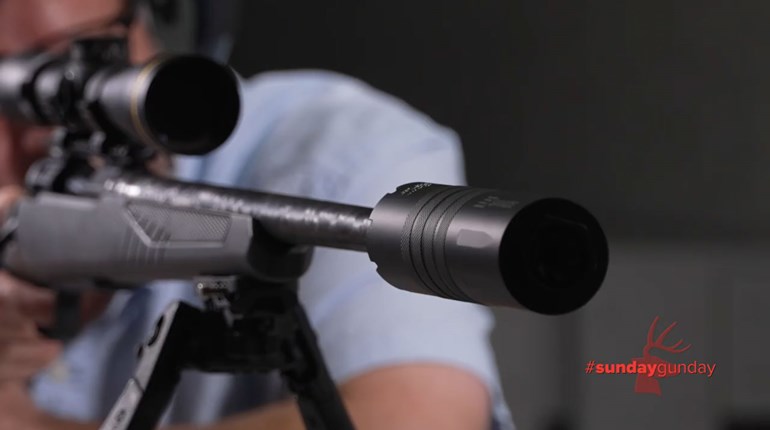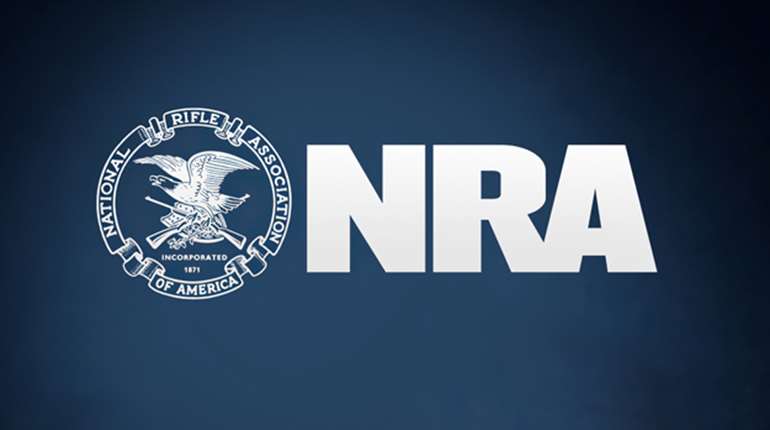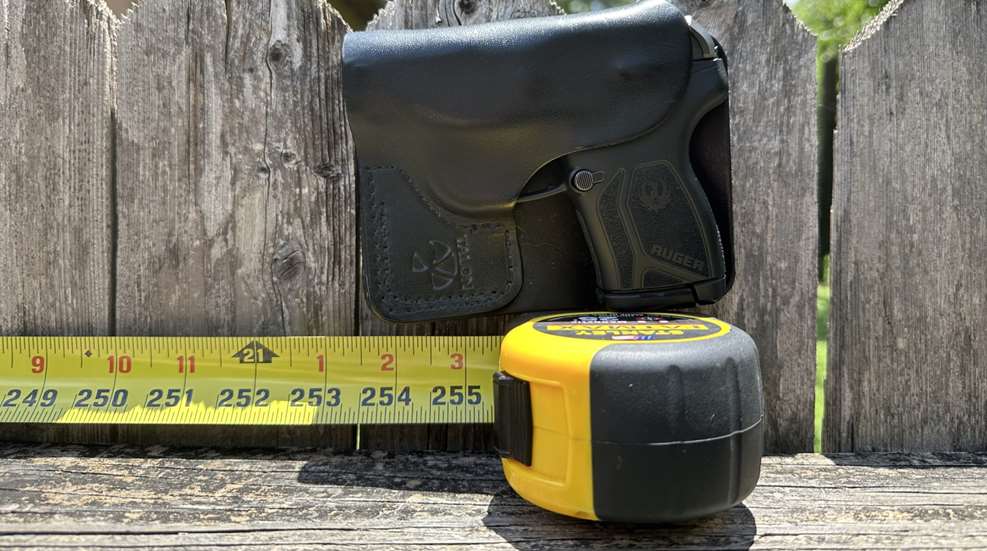
The "21-foot rule" is a principle in law enforcement training that suggests a suspect armed with a knife can cover 21 feet in the time it takes an officer to recognize the threat, draw their weapon, and fire two shots.
The rule was created by police trainer Dennis Tueller, who found using averages that a police officer in training could draw and fire two center-of-mass shots in approximately 1.5 seconds. In that same time, an average adult male could move 21 feet from a position in which he was standing still. That would mean that, in a real situation, the defender could easily be wounded within that 21-foot radius. Why? Because guns, even small, compact pistols with short barrels, like those carried and used for self-defense, require distance to be useful. That means maintaining that distance is key. Using this rule, it’s important to consider the following information regarding training and 21 feet of distance.
The Law of Averages
Of course, there’s “average” and then there’s average. The 21-foot rule emerged in a training environment, and where the self-defender is in his or her training journey matters a lot here. Because we are counting in fractions of seconds, the ability to shave fractions of seconds from your reaction time is critical. This is why training is so important.
Practice Professionally
The NRA has several training courses and resources, offered in incremental skill levels. Many will require you to shoot at a wide range of distances, which will not only make you a better shooter in general, but also improve specifics like reaction time, grouping, and split times between shots, making you better than average. That’s because NRA trainers are also better than average. Most trainers list their qualifications on their platforms, but using the NRA’s tools lets you find a solid course near you taught by a pro who knows “a thing or two” about self-defense.
DIY
Many people think that once they have their carry permit, they’re good to go. Legally, they are. But the information you’ll get in a single legally mandated, basic-level class, sadly, isn’t going to cut it in a defensive situation.
Even without “official” training as described above, you can still train, even without a range. Dry practice is a safe, economical way to do this.
Once you’ve removed the magazine, emptied the chamber, and removed all live ammunition from the room, you can practice drawing your firearm from your holster. Try to be consistent with where and how you wear your holster to develop the proper muscle memory. Speed and reaction time can make up for some distance, but we saw that even in a second and a half, a lot can happen. Just like working out, practicing the movements themselves can pay dividends. While dry practice isn’t perfect, it still doesn’t hurt to get reps in.
Stay tuned for our next installment, in which we’ll discuss how to either increase the 21 feet, or to make the most of the 21 feet you have to work with!

